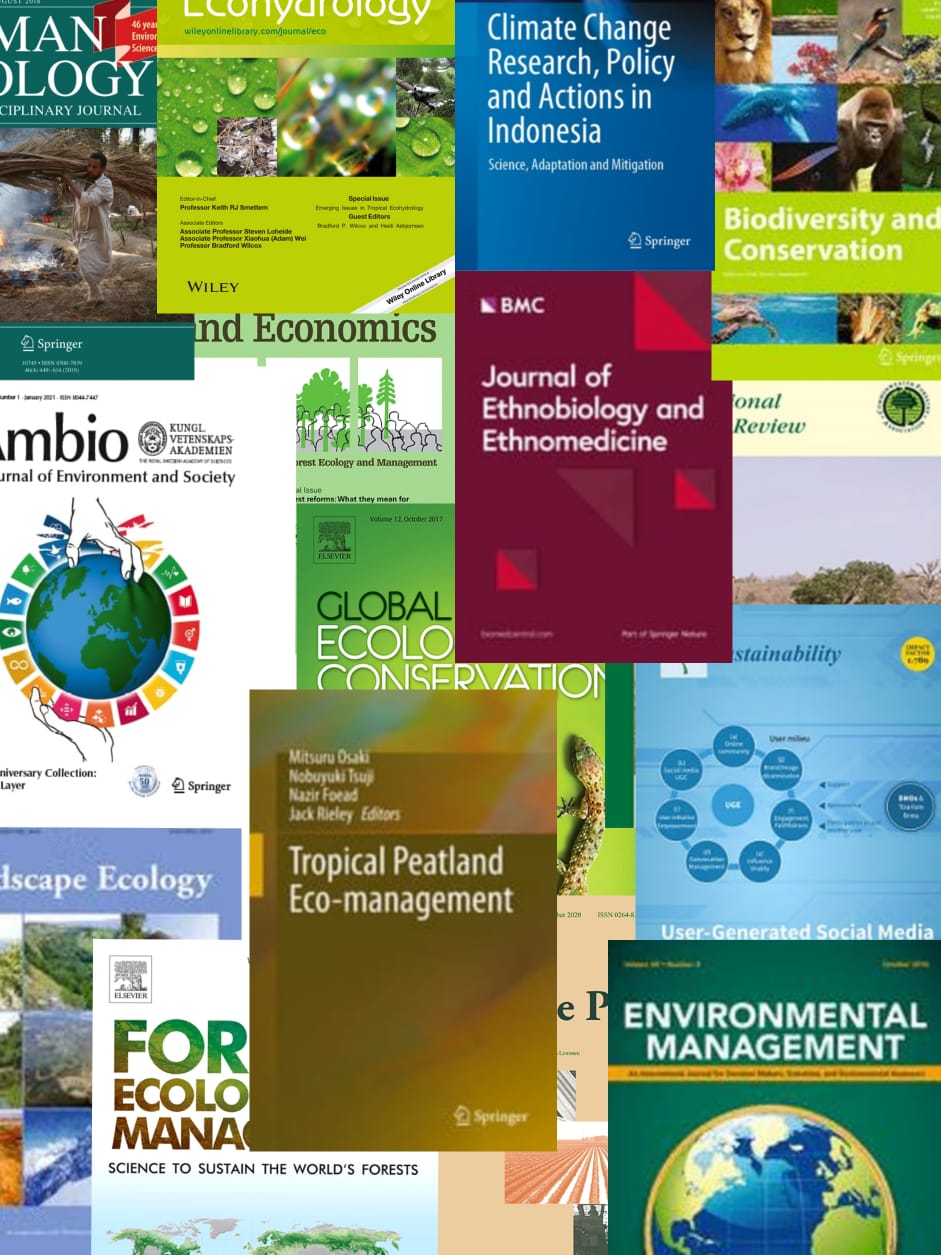Share this
À e word is out-people and communities have begun to embrace a deeper sense of acceptance and acknowledgement for the role of human impacts in climate change. Our debates can at last shift from the analysis of dramatic increases in atmospheric greenhouse gases (carbon dioxide, methane, and nitrous oxide) during the last 150 years of industrialization and its close coupling with surface temperatures, consistently above normal averages since the 1980s. The patterns of warming on a global basis have outpaced sensible, predictive trends that would merely reflect a moment of naturally occurring interglacial warming. In New Zealand the National Institute of Water and Atmospheric Research (NIWA) has observed a warming of mean surface temperatures of 0.4C since 1950 and a decrease in cold night or frost conditions by ten to twenty days a year (TVNZ News, Nov. 2007). The emerging climate change impacts for New Zealand are predicted to include an increase in the severity and frequency of storms and coastal flooding by 2050, an annual sea level rise of 5 mm per year, and average surface temperature increase up to 3.5C by the year 2080. A similar set of climate-related projections appear in a 2008 Climate Change Statement from the Royal Society of New Zealand (RSNZ 2008). While we recognize aspirations in human progress and, for some, the associated wealth and growth in national economies, it has come by way of accompanying resource losses in natural forests through burning and the consumption of carbon stores in coal and fuel oil. In a global context the heavily industrialized nations have historically resorted to the politics of blame-thevictim in the greenhouse gas emission debates by directing public attention to the constant land clearing by forest burning in tropical Amazonia and Southeast Asia. Equally, and perhaps again because of politics, little has been made globally of the contemporaneous burning losses in northern boreal forests, which have more than doubled since the 1970s. Our inseparable human appetites for industrialization and consumerism are easily recognized sources of the problem. It should not go unacknowledged, however, that the mere combination of our global population growth and the limits on living space has required significant increases in land clearing, land use, and agricultural production, all of which contribute to greenhouse gas emissions and give it new qualities. For some time now it has been part of the New Zealand national psyche to represent ourselves with a clean, green image-to represent our home as a place where the natural environment has been least affected by human habitation (Campbell 1999). This was the context for the New Zealand government's early adoption of the Kyoto Protocol on greenhouse gas emissions (see, for example, Ministry of Agriculture and Forestry 2004) in 2002, a move that was to cause increasing difficulties. It was only subsequent research that showed that high methane gas emissions from ruminant stock (such as sheep), favored by intensive pastoral production, could not be offset by total photosynthesis availability from forests and grasslands. As a matter of domestic climate change policy, the government chose to investigate and offer corrective measures by way of incentives, emission trading, and voluntary measures as a means to achieve a permanent downward path for total gross [greenhouse] emissions by 2012" (Bosselmann, Fuller, and Salinger 2002). © 2012 Zoltán Grossman and Alan Parker. All rights reserved."

